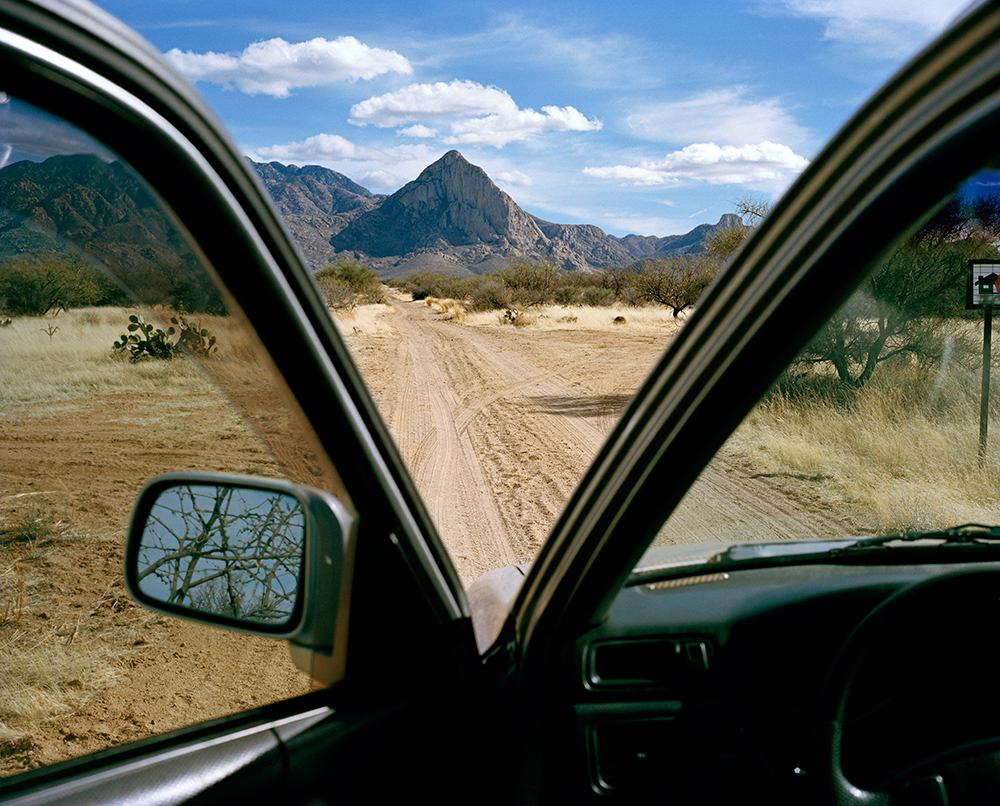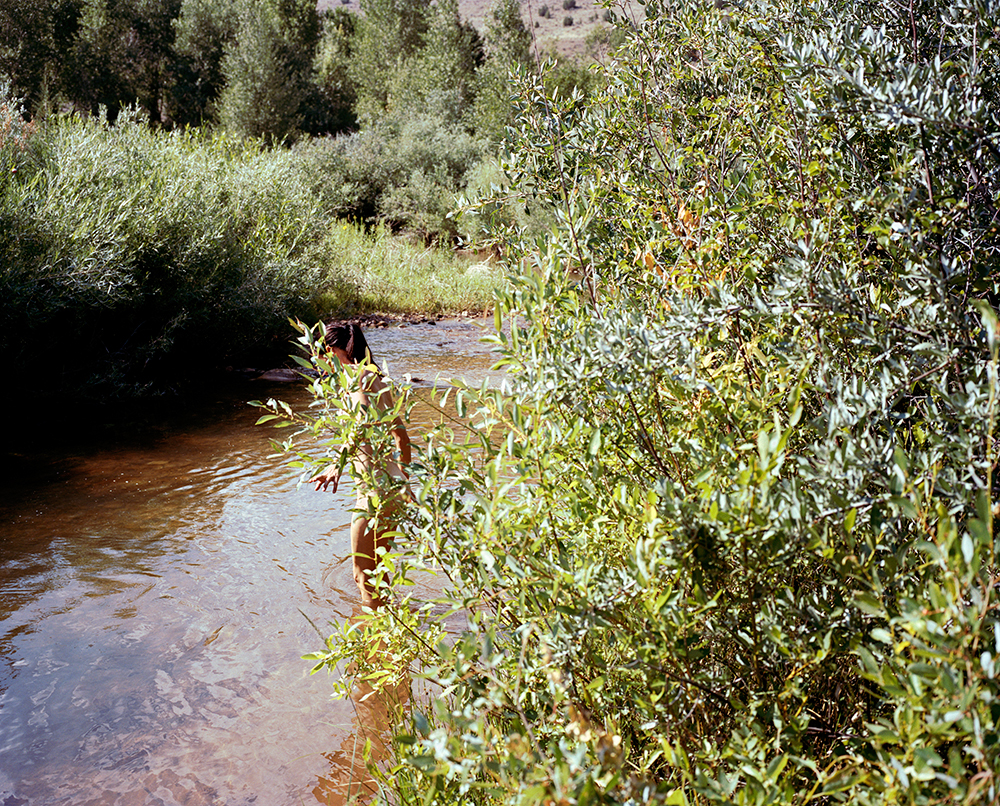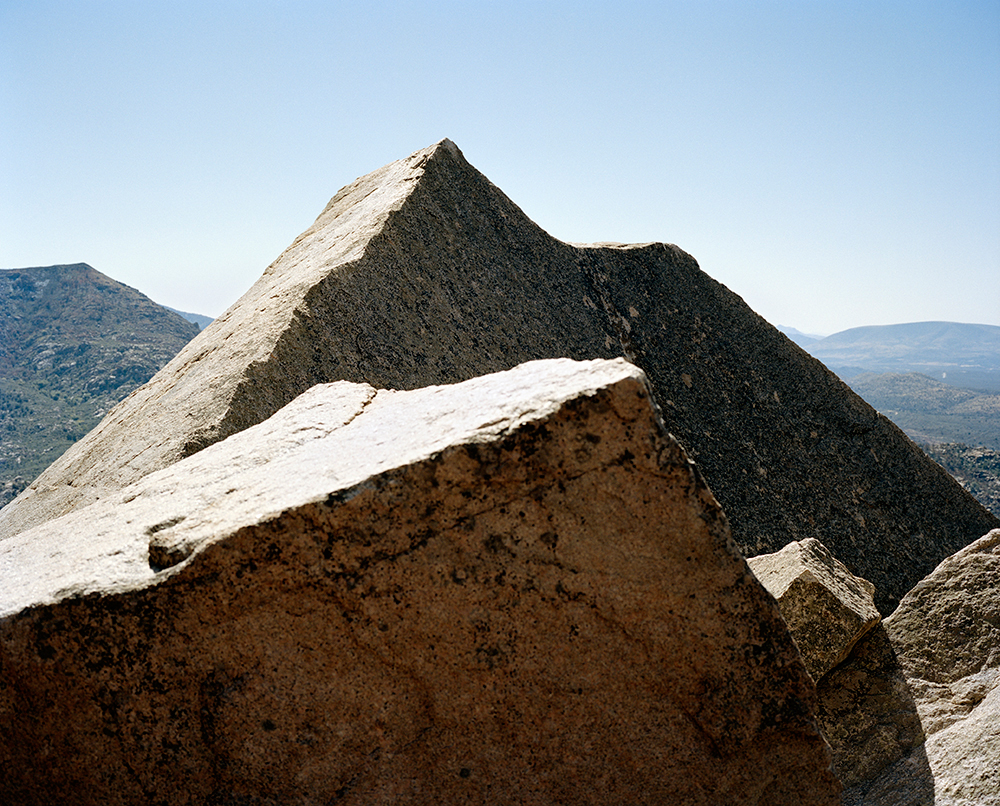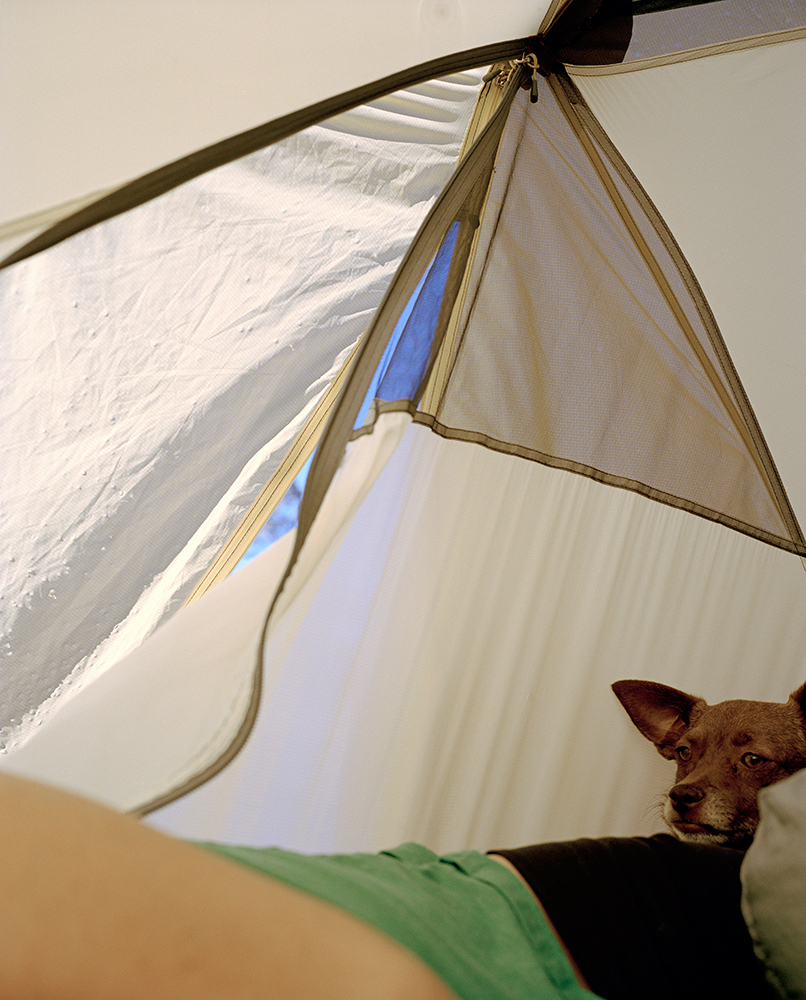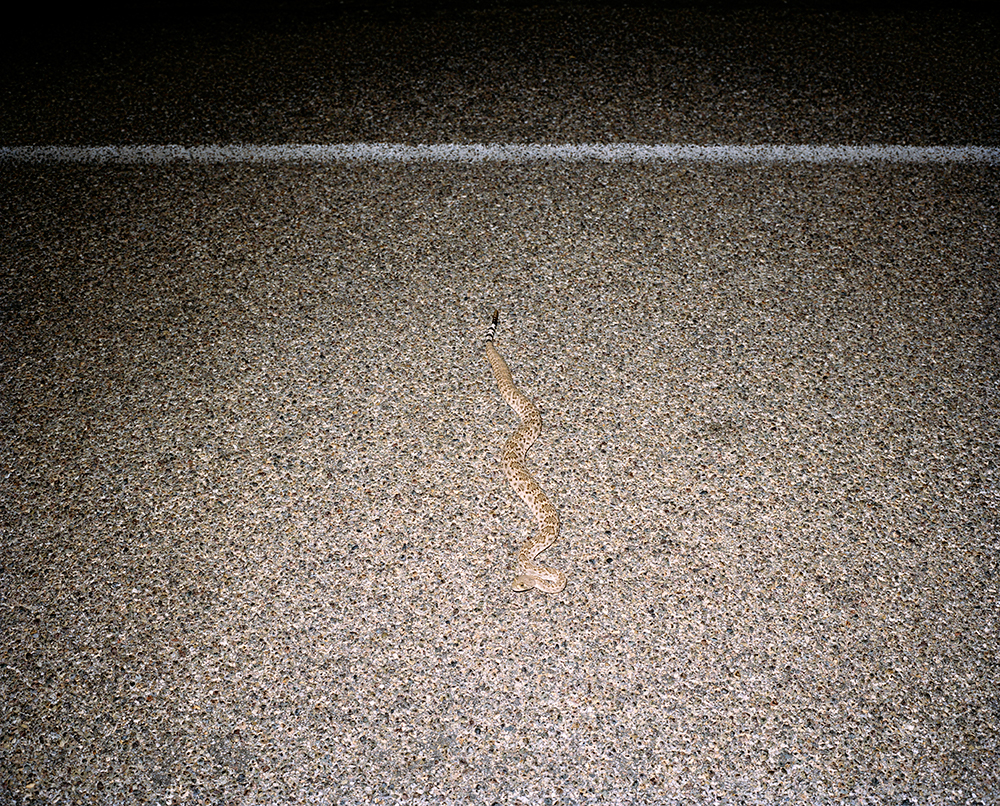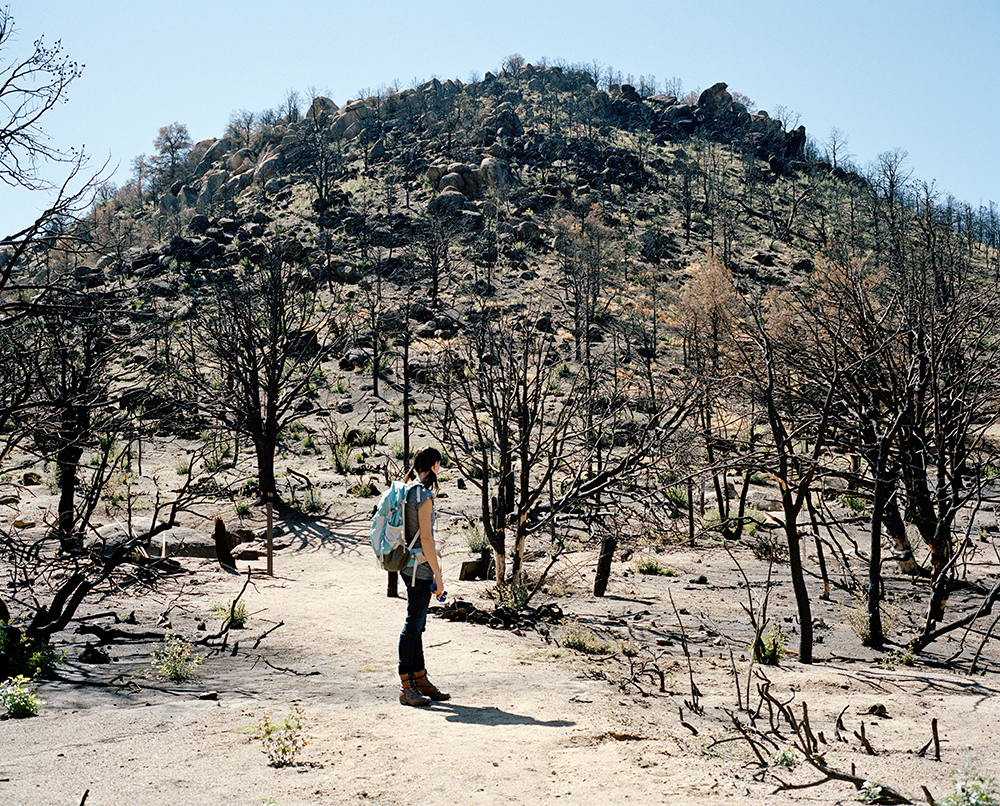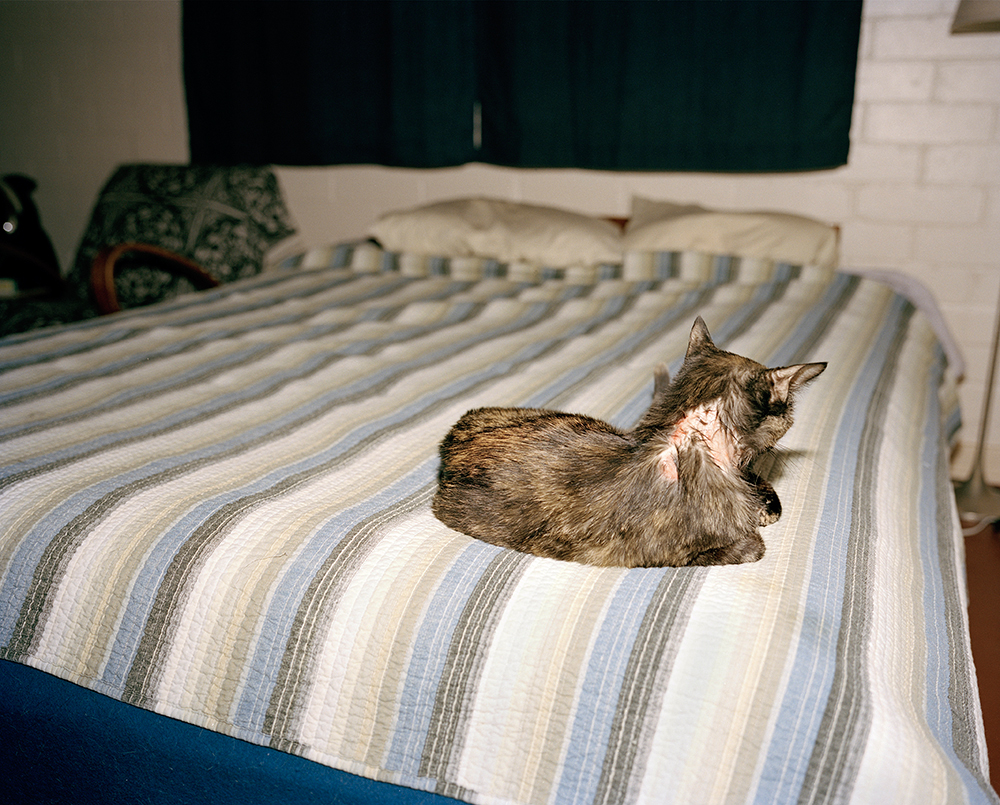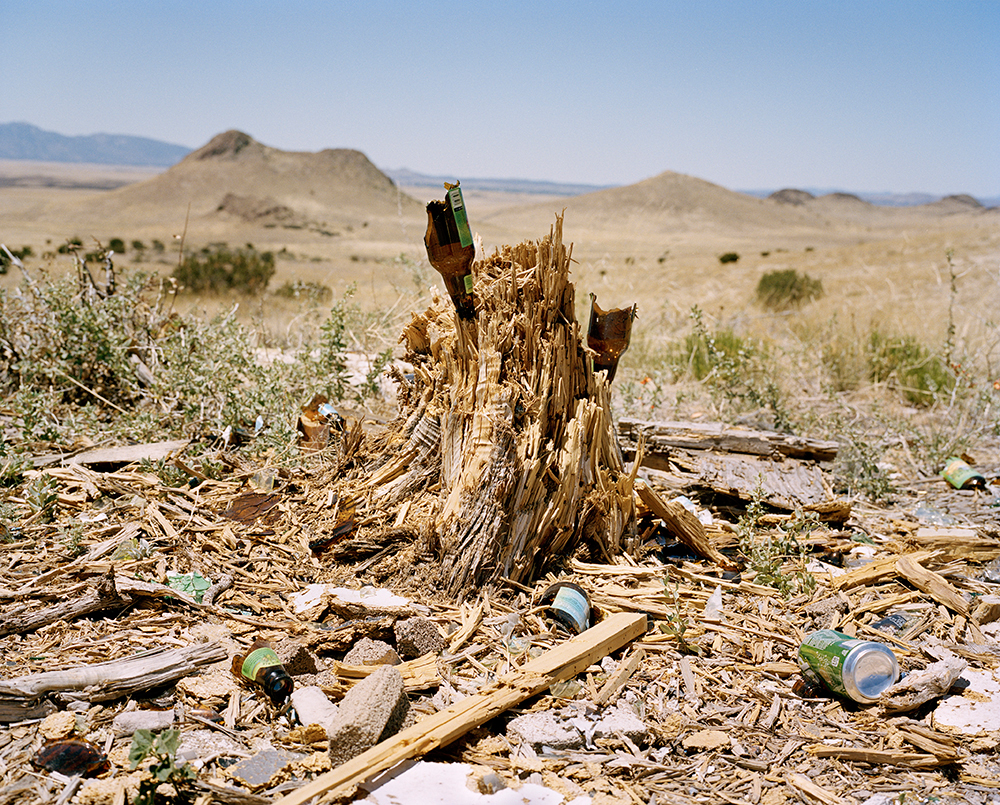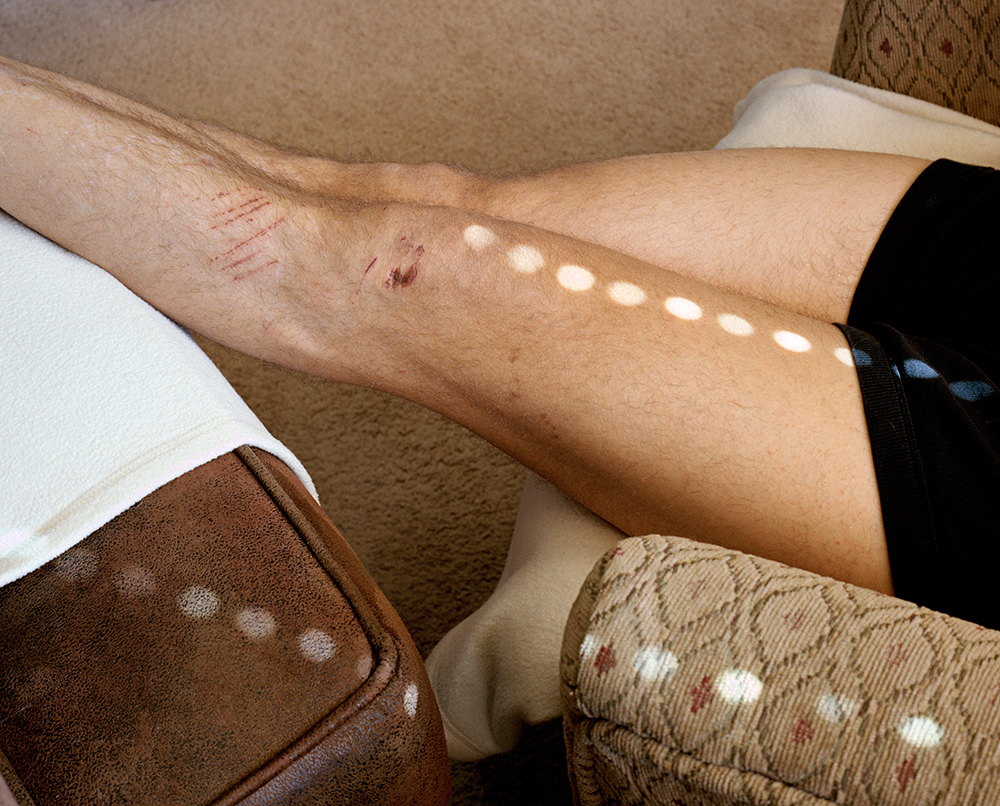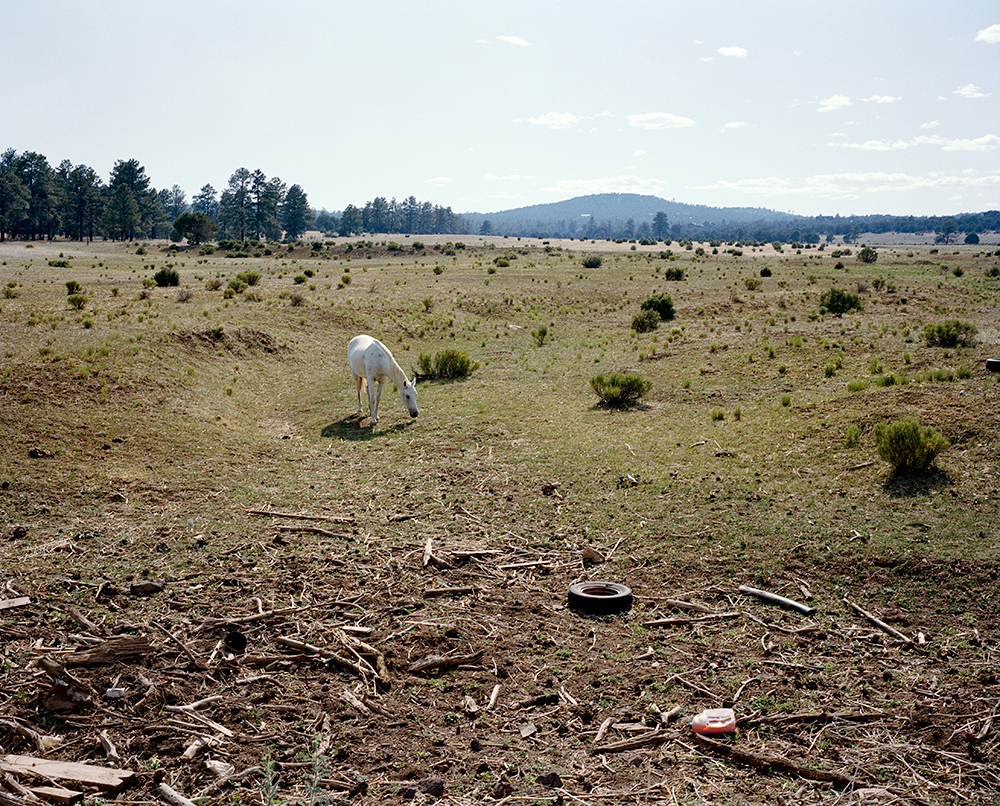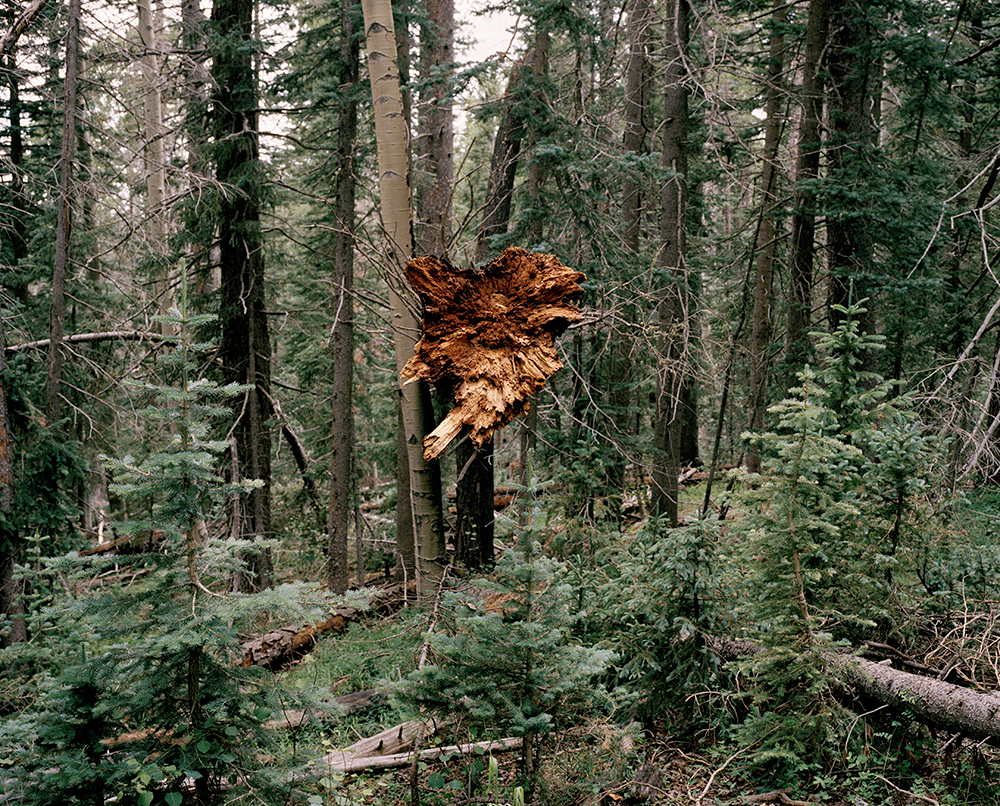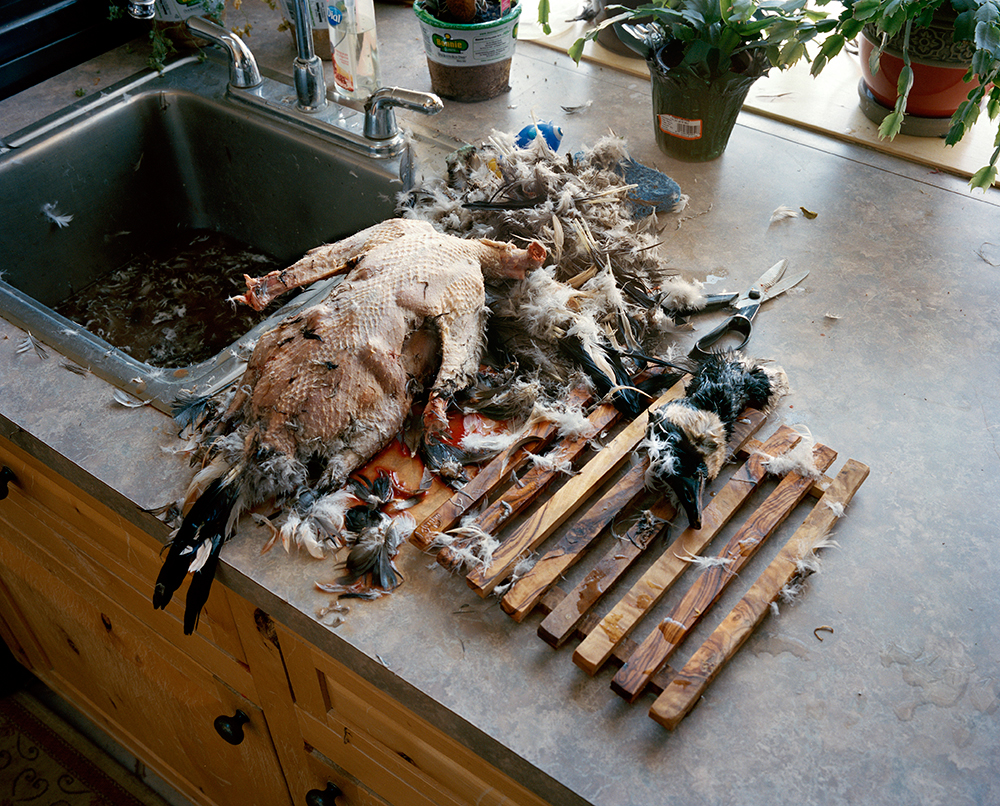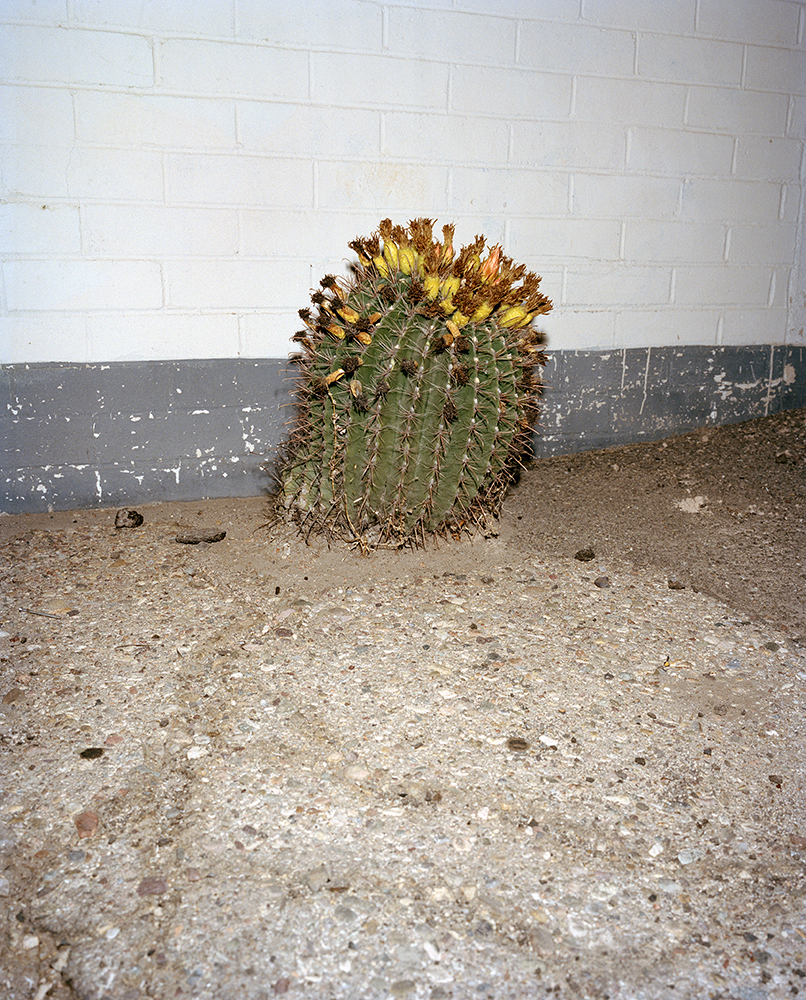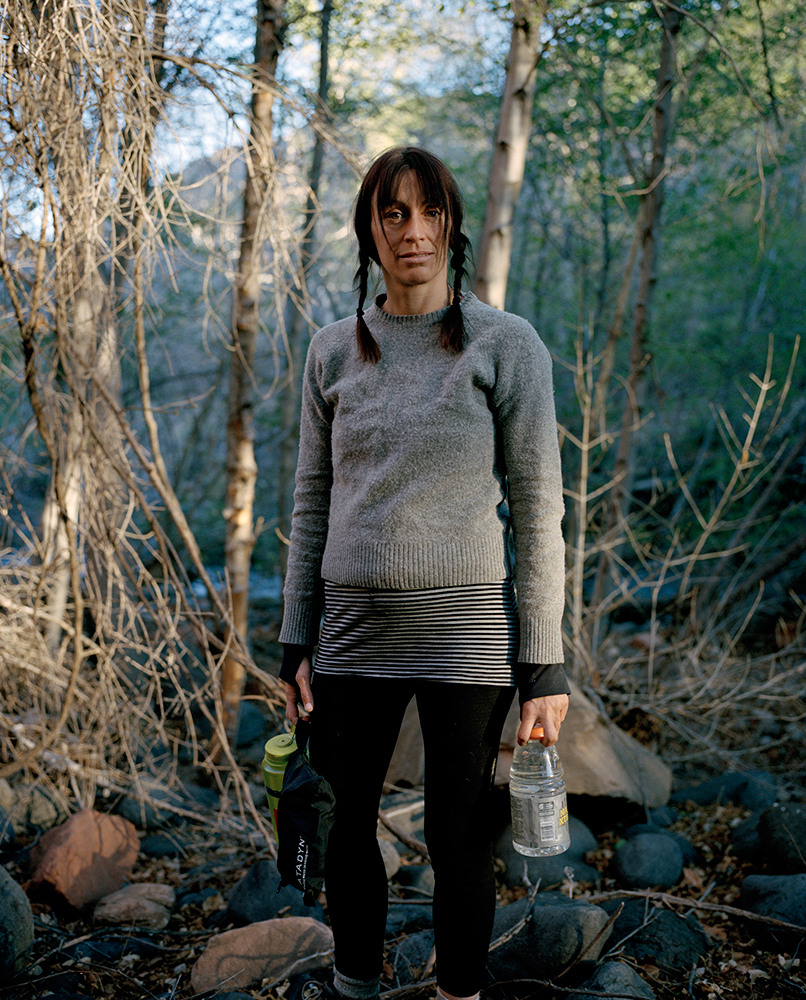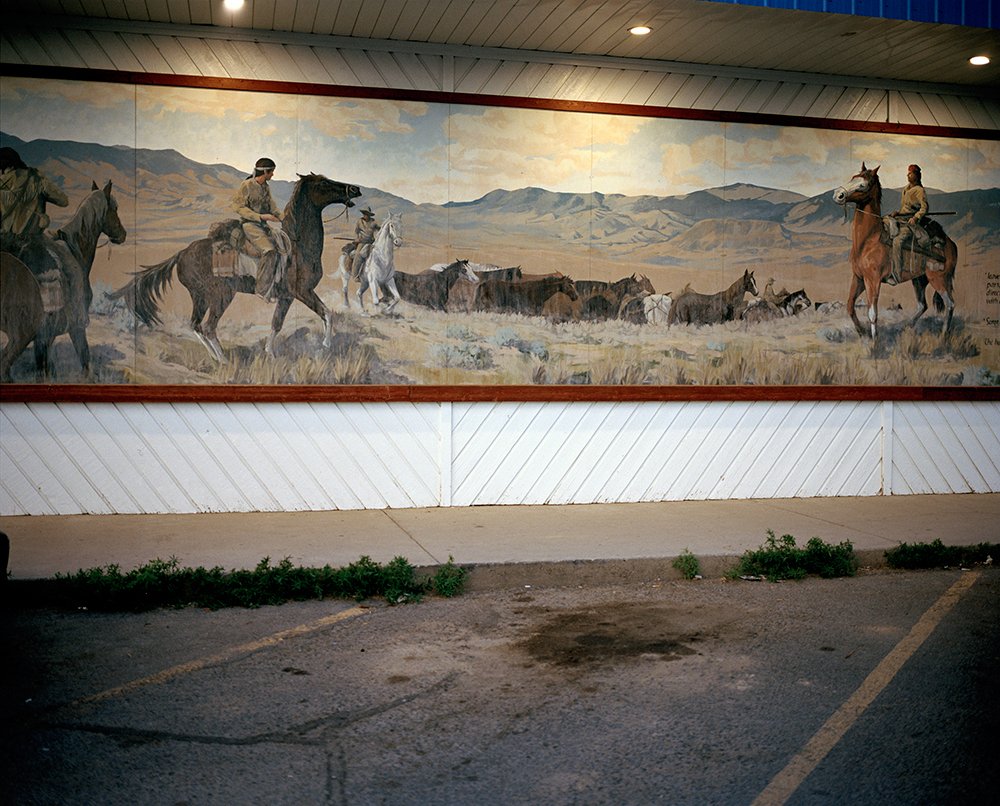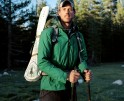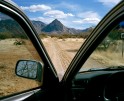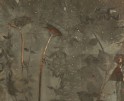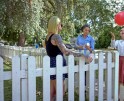Serge J-F. Levy: The States Project: Arizona
Serge J-F. Levy and I run in the same circles and share many of the same friends, but we have never had long enough interactions to delve into the meaning of life or dissect the art world. Three weeks ago our paths crossed at an after-party for David Taylor’s opening reception Here and Abroad at the Phoenix Art Museum. There, standing in the library of photographers Mark Klett and Emily Matyas’ home, he confessed to me that he has fallen deeply in love with the deserts of the American West.
I cannot begin to tell you what that realization is like without sounding overly romantic and borderline sappy but what is currently happening to Serge has happened to countless photographers before him, including myself. What puzzled me about this statement was that I knew Serge came to Arizona as a street photographer from New York City. In my mind, he was an unlikely candidate to be bitten by the desert bug that lives covered in dust and deep in solitude.
The next day, I pulled up Serge’s website to see if I could discern this newfound affinity for the western landscape in his artworks. That is when I found the beautiful series titled, The Fire in the Freezer.
Serge’s work has been exhibited at the Philadelphia Museum of Art, Schroeder Romero Gallery in Chelsea, and The Leica Gallery (New York City and Tokyo) among many other national and international solo and group exhibitions. In 2011 Princeton University Press published a book of Serge’s photographs made during his yearlong photography fellowship at the Institute for Advanced Study in Princeton, NJ, along with essays by Institute members. Serge’s magazine photography has appeared in The New York Times Magazine, Life, ESPN The Magazine, Marie Claire, Stern, and The London Sunday Times Magazine among others.
Serge has received awards from PDN, The Magenta Foundation, American Photo Magazine, Curate NYC, and The Photo Review. In 2015, he was awarded Special Recognition for “The Fire in the Freezer” by the Dorothea Lange-Paul Taylor Prize out of Duke University’s Center for Documentary Studies. A copy of the self-published limited edition book of the project was recently purchased by the Center for Creative Photography for its Laura Volkerding Collection.
The Fire in the Freezer
“[…] some people are readers, some are lookers. […] In my case, this was a crisis. If the photograph overpowered the text, or if the reader treated the text lightly, I had defeated my original purpose.”
-Wright Morris in conversation with Peter Bunnell
The Fire in the Freezer brings together two of my core art practices—writing and photography—through juxtaposition, dialogue and overlap between word and image. In the two volume book, I explore themes of love, trauma, masculinity, and the desert Southwest, inviting both photograph and written vignette to interact with each other, amplifying and altering meaning.
With a camera in hand at all times, I respond to stimuli that jostle my internal sense of normalcy. I suppose that is a very subjective term: “normalcy.” I have photographed riots, celebrities, and the Westminster Dog Show at Madison Square Garden. I grew up in New York City and admit to feeling accustomed to everyday urban oddity. However, the apparently small happenings of the cycle of life or ordinary scenes in the extra-terrestrial landscape of the Southwest provide an exciting substrate for me.
My writing follows a similar trajectory. However, instead of my camera, I use my memory of the recent and distant past as a space to visit, extract, and recount remarkable moments. I write current and past events in my life into strophes and vignettes. Much like my process of sequencing photographs, I arrange the segments to uncover new connections and meanings.
The photography and writing in The Fire in the Freezer are concurrently created, and through an osmotic effect, each shares a tone that ties them together. The image and text capitalize on a braided narrative style that recreates my experience of memory as a set of finite moments– choppy and sometimes illogical. The braided narrative also suggests connections between seemingly disparate events: such as my suffering a life-threatening injury and the loss of a pet. In juxtaposition, the writing and photography harmonize: while the text and image do not illustrate one another, each amplifies and deepens the meaning of the other.
Many artists have grappled with the tenuous relationship between writing and photography. James Agee publically deferred his highly descriptive writing to the supremacy of Walker Evans’ photographs. Both Wright Morris and J.B. Jackson used photographs and writing to loosely dialogue with each other: each medium gently brushing up against the other in a descriptive capacity. Sophie Calle often used photographs as proof of the investigations she was making in her writing. In their recent collaboration, Little Brown Mushroom, Brad Zellar responds to Alec Soth’s photographs.
In The Fire in the Freezer, a personal documentary project, I value words and images equally and use them as a “duet” that invites audiences to draw their own distinctions, parallels, and connections.
Perhaps it is a pyrrhic task: gleaning bits of an ever-evolving narrative to create a whole. New information has an uncanny ability to either confirm familiar notions or further dilute diaphanous truths. Illusions can shatter in an instant. New discoveries are ample and constant. I photograph and write to create and consider the evidence of my life and to discover what exists in the interim moments, knowing I will sometimes be troubled by what I find.
Posts on Lenscratch may not be reproduced without the permission of the Lenscratch staff and the photographer.
Recommended
-
Michael Matthew Woodlee: The States Project: ArizonaSeptember 11th, 2016
-
Serge J-F. Levy: The States Project: ArizonaSeptember 10th, 2016
-
James Hajicek and Carol Panaro-Smith: The States Project: ArizonaSeptember 9th, 2016
-
Ryan Parra: The States Project: ArizonaSeptember 8th, 2016
-
Emily Matyas: The States Project: ArizonaSeptember 7th, 2016

